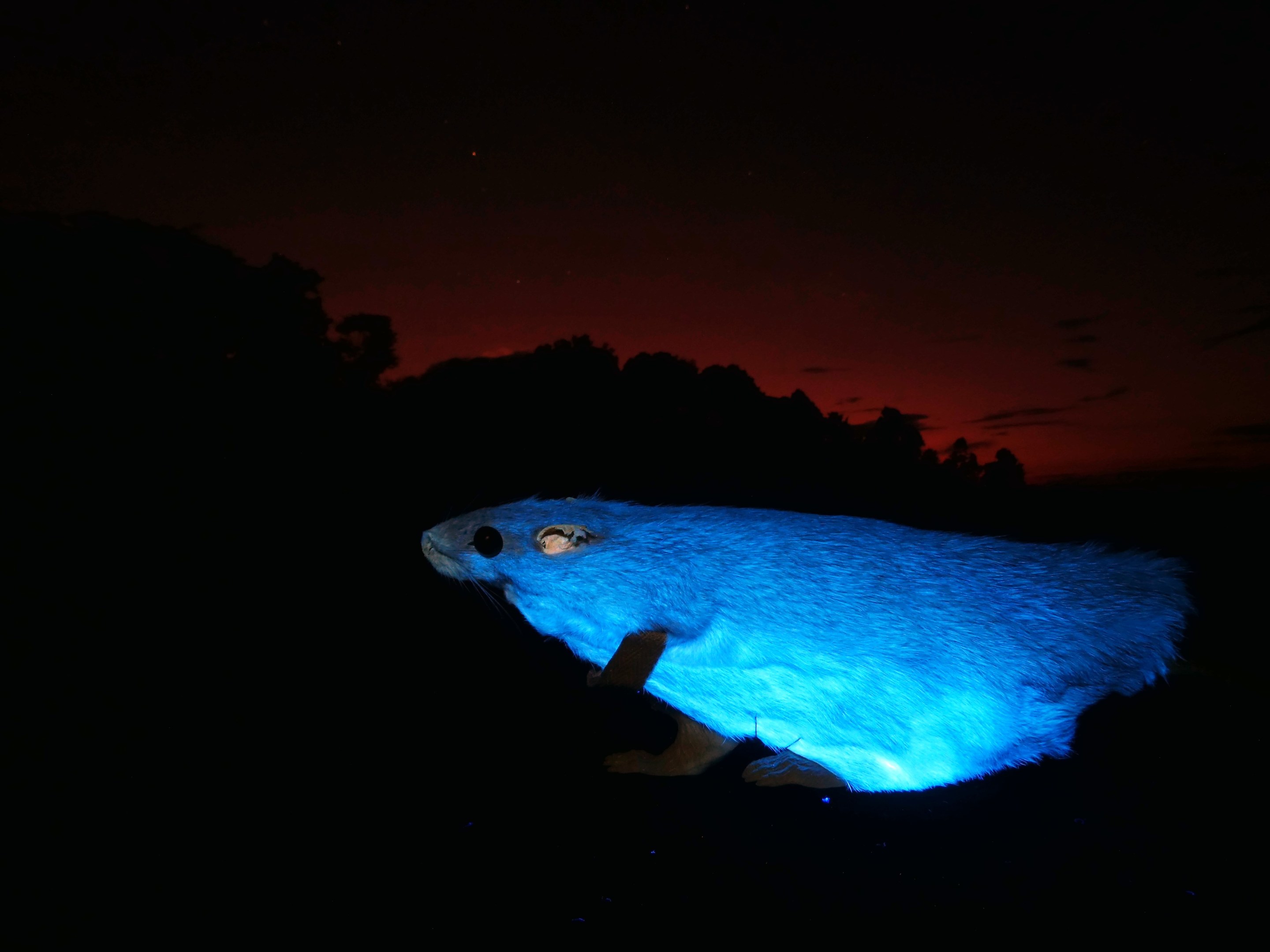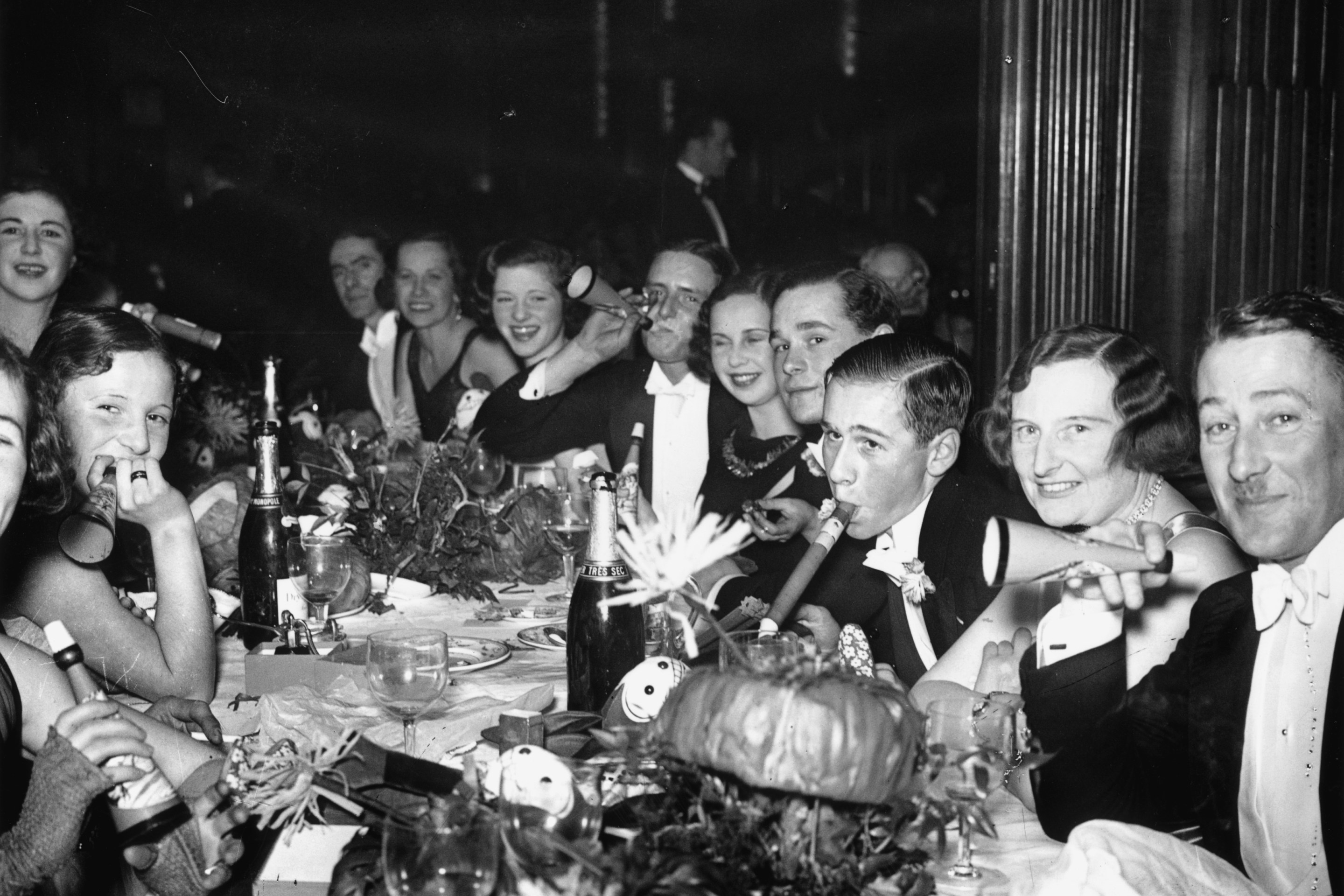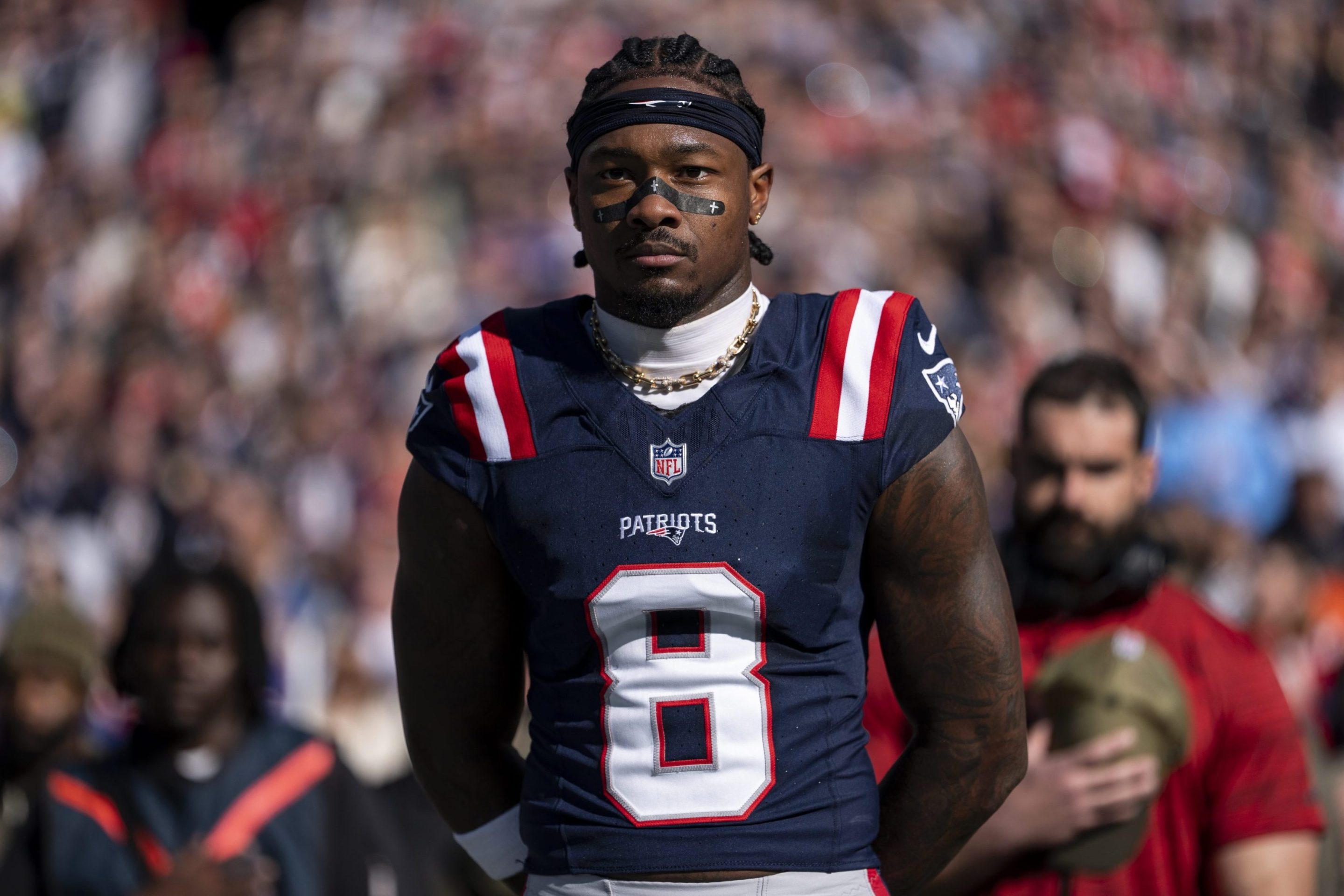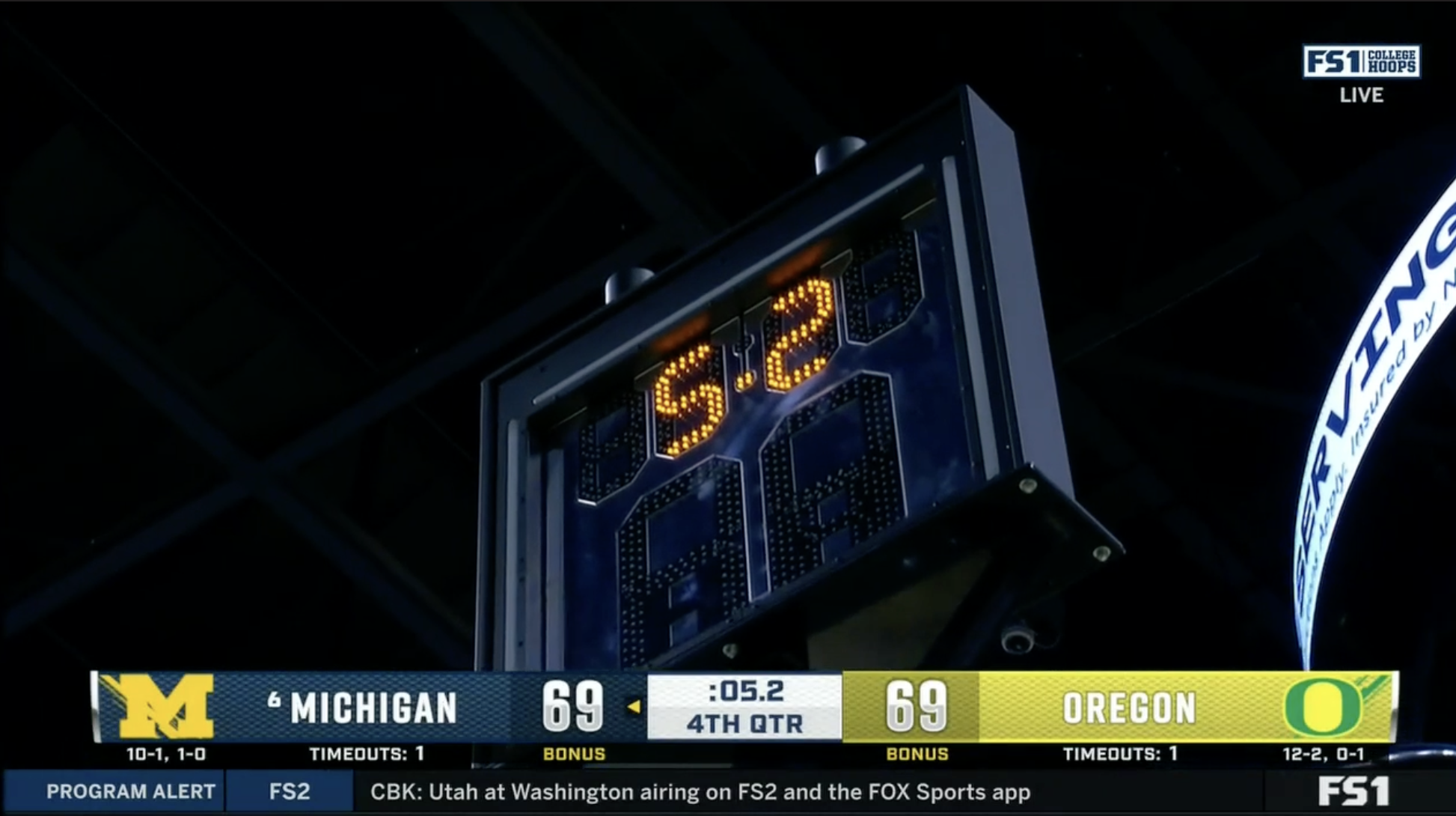In the natural world, there are many ways to glow. The most famous kind of glow is bioluminescence, in which a chemical reaction occurs within an organism's body to create light. This is the only way life can glow in complete and utter darkness. But organisms can also glow via fluorescence, a process by which molecules absorb high-energy light and get rid of that energy by emitting lower-energy light. If a high-energy light shines on a molecule, it temporarily excites that molecule's electrons. And when the molecule relaxes, it emits that excess energy as a photon of light with a longer wavelength. This is how organisms glow green, red, yellow, or orange under higher-energy UV light.
To many people, fluorescence might seem like a cool party trick at a roller rink or a club, because it often is. But some animals communicate with each other via fluorescence. In the oceans near Japan and South Korea, the charmingly named flower hat jellyfish hunts for prey with a fluorescent coronet of bright pink and green tentacles. In 2015, researchers from the Monterey Bay Aquarium observed that young rockfish were much more drawn to the jellyfish's glowing tentacles than non-fluorescent mimics. And researchers found birds called budgies were less interested in mates whose fluorescent feathers were smeared with UV-blocking sunscreen.
Some scientists suggest this covert communication might also occur on land, among creatures much more closely related to us. In the past few years, a group of researchers at Northland College in Wisconsin have discovered that a number of mammals, which appear drab brown by day, fluoresce under black light. These include hot pink flying squirrels and aquamarine platypuses, as Cara Giaimo has reported for the New York Times. Curators at the Western Australia Museum began shining a black light on their specimens and found glowing bilbies, hedgehogs, porcupines, and echidnas.

The glow was undeniable. But other researchers remained divided on what it meant. Mammals communicate a great deal with the patterns and colors of their fur; the stark black-and-white pelt of a skunk warns predators of its noxious odor, and the white flash of a white-tailed deer warns the herd that danger is near. As such, the researchers who have discovered this proliferation of mammalian fluorescence suggested that nocturnal or dusk-dwelling animals may signal to each other with their glow. But it's not entirely clear if these fluorescing animals can even detect their own fluorescence, especially among the slew of other light sources in the real world. For example, the hot-pink flying squirrels have lost the ability to see the UV light that makes them glow hot pink. And while our fingernails and teeth fluoresce, we can't see that fluorescence on our own.
Now, a group of researchers at James Cook University in Australia have put this nocturnal hypothesis to work in the field, in a paper recently published in the Australian Journal of Zoology. They wanted to test if predators would be more or less attracted to fluorescent rats, which could reveal if the fluorescence was a way for the rats to camouflage, or if the glow was a way for similar species to communicate with each other.
The researchers bought 36 dead brown rats, whose fur fluoresces a whitish blue. They fitted the pelts over a plastic model rat—presumably to ensure the experiments would not actually be eaten—spritzed half with UV-protected hairspray, and then spritzed all the pelts with a regular hairspray to ensure they all smelled the same.

The researchers then placed their model rats in three different locations in the field: an avocado farm, a rainforest bordering a creek, and a woodland. At each site, they set up two rat models, one glowing and one not, in front of remote cameras triggered to record for 20 seconds. The rat models were leashed to the camera to prevent predators from absconding with the experiment, which they often tried to do. The team ran the experiment on nights with a new or full moon, as prior research showed that full moons triggered the natural fluorescence of scorpions in a way that flying insects could detect.
After reviewing the videos from testing nights, the researchers found 11 marsupial species, at least nine placental mammal species, and four bird species interacted with the rat models. The team recorded which rat model the wild animals chose to interact with first as an indication of their preference between the two. Dogs, cats, and snouty marsupials called northern long-nosed bandicoots interacted with the phony rats at all three locations. Small carnivorous marsupials called quolls were perhaps the animals that interacted most enthusiastically with the rat models, often attempting to drag them away as prey. And although Eastern barn owls arrived to the farm site only once under a full moon, two appeared to engage in a stand-off over their desired prey.
But in all the animals captured on all the videos, the researchers found no significant preference for glowing or non-glowing rats. All the rats' predators and similarly-sized species approached the models with equal opportunity. The team offered two possible explanations for this finding: either that the light of the full moon was not strong enough to conjure the rats' fluorescence, or that the nocturnal animals simply did not care about fluorescence, even if they could detect it.
Although other researchers had suggested this fluorescence might offer animals camouflage in their environment, this group of researchers found little evidence for this line of thinking. In all the environments—farm, woodland, and rainforest—the fluorescent rats exhibited far more luminescence than the ground below them.
So has this new study solved the riddle of fluorescence? Not quite. Although the researchers did not find any evidence for existing theories for the function of fluorescence, more studies like this would be needed for a thorough debunking. It's safe to say that scientists still don't understand why this elusive coloration is so widespread among mammals, and what advantage it could possibly offer furry creatures scuttling around on land. When scientists recently shined a UV light on 125 specimens representing more than half of surviving mammal families, they found that every single one of them fluoresced, suggesting this kind of glow is not a quirk, but a norm. So the most obvious explanation—that there is no actual function to all this fluorescence—seems the most likely. After all, should a rat need a reason to glow ethereally in the night? Sometimes beauty is a coincidence, one we are lucky to have learned how to see.







